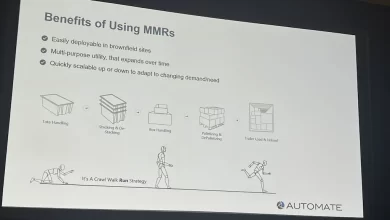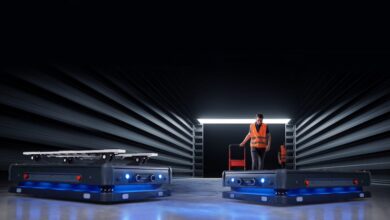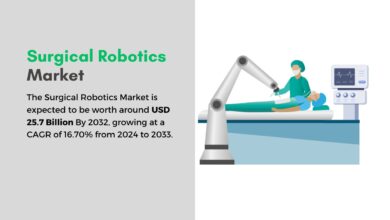Female robotics founders discuss their journeys in the industry
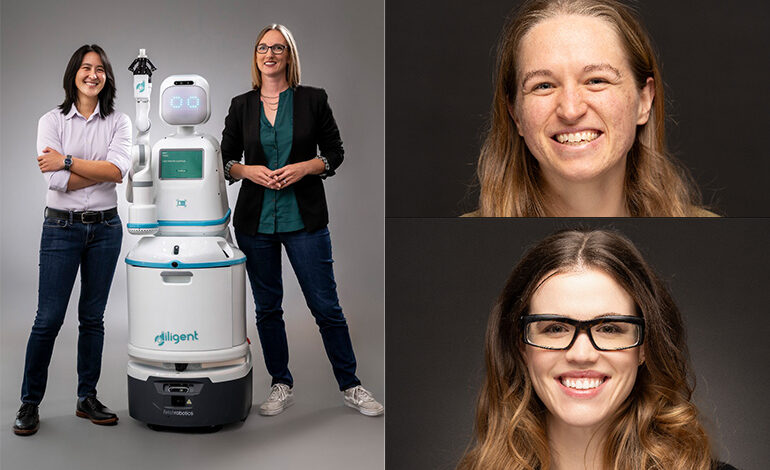
|
Listen to this article |
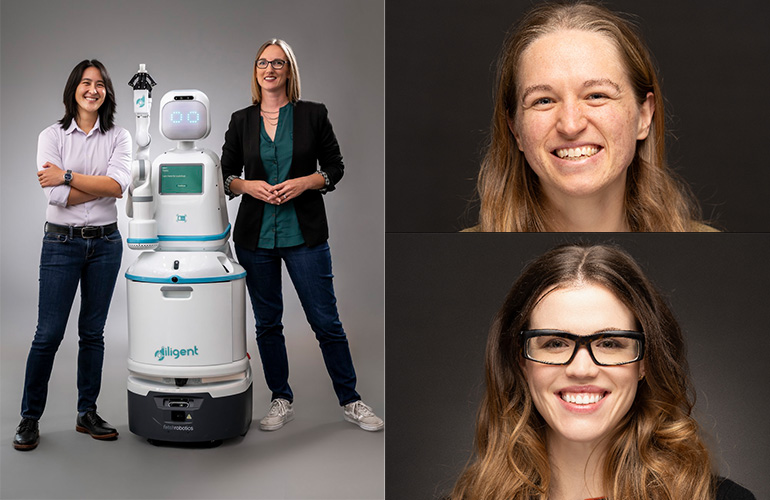
Left: Vivian Chu and Andrea Thomaz, the co-founders of Diligent Robotics; right: Kathleen Brandes and Ros Shinkle, the co-founders of Adagy Robotics. | Sources: Diligent Robotics, Adagy Robotics
Almost half of all startups that began in 2021 were formed by women, according to human resources cloud software company Gusto. Within the robotics industry, however, it’s a different story. Women make up only 34% of the STEM workforce, according to the National Girls Collaborative Project, and they hold only 16% of robotics and engineering roles.
Those numbers, however, don’t tell us how many women start robotics companies. There isn’t a lot of data about the number of startups that begin every year or how many robotics companies are operating, in general. Let alone about the backgrounds of the founders behind them.
To get a picture of how many women are founders of robotics companies, I combed through our 2024 February and March funding recaps. Of the 78 robotics companies that raised money during those two months, and whose founders could be identified, only 10 had a woman on their founding team, just 12.8%.
Of course, this metric doesn’t tell us how many robotics companies in general have female founders, but it does give us a better idea of what that breakdown might look like. This is why I spoke to Ros Shinkle and Kathleen Brandes, the founders of Adagy Robotics, and Andrea Thomaz and Vivian Chu, the founders of Diligent Robotics, about their experiences within the industry.
Founders talk about the early days of a startup
Diligent and Adagy are in two very different places as companies. Adagy launched earlier this year, and it specializes in remote intervention services. Shinkle and Brandes are at the beginning of their journey as founders and are part of Y Combinator, a startup accelerator. They’re currently the only employees of the company.
“Adagy Robotics is currently a remote intervention service for rescuing robots,” said Brandes, the company’s chief technology officer (CTO).
“For example, when a tractor robot fails in the field, instead of calling out to the farmer who has a lot more important things to do in his day, that tractor robot can now call out to our trained operators,” she said. “They’ll take over, drive the robot to safety, and allow it to resume its autonomous operations.”
Adagy looks to a future with AI
Today, Adagy Robotics is starting out with fully human-driven operations, said Shinkle, CEO. In the future, however, the company is interested in layering machine learning and generative AI techniques to assist human operators and allow them to do their jobs more efficiently. The company is also exploring error-prevention techniques for robots.
“We’re really excited about logistics and manufacturing right now,” Shinkle said. “In particular, I think AMRs [autonomous mobile robots] are widely used in logistics. And although they’re widely used, they still continue to face the same kinds of problems.”
“For example, they often rely on these sort of dense visual clues called fiducials or APR tags to help localize in a facility,” she noted. “If one of those is scuffed or torn or falls down, the robots can get lost. This is a great example of a situation in which we could come in and help the robots get back safely. We’re also excited about manipulation and failed picking tasks as well.”
Shinkle and Brandes described the early days of running a startup as challenging but fun. Every day is about putting out the most urgent fire, said Shinkle.
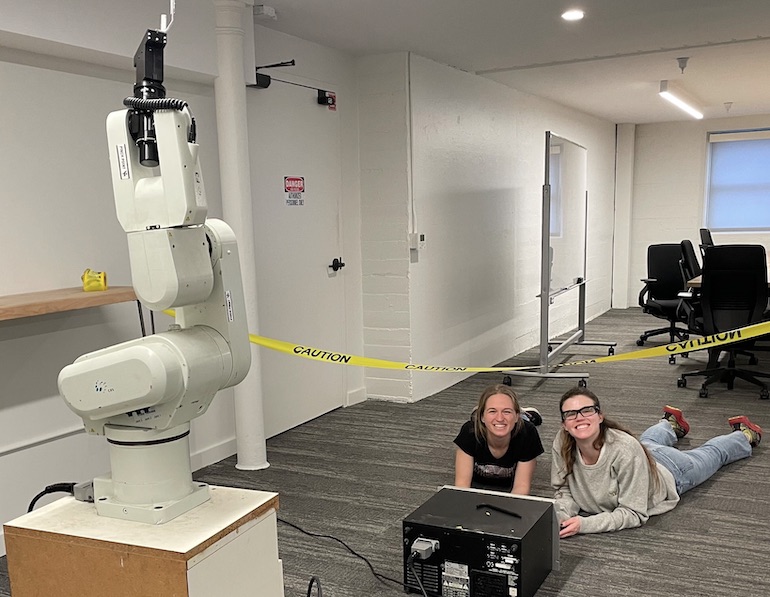
Ros Shinkle and Kathleen Brandes, the founders of Adagy Robotics, met at Boston Dynamics. Source: Y Combinator
Bringing a startup to maturity
On the other hand, Diligent Robotics was founded in 2017. Like many robotics companies, Diligent started in a research lab. Thomaz, the company’s co-founder and CEO, was running a robotics lab that Chu, its co-founder and CTO, joined as a Ph.D. student in 2012.
The start of the company was slow, Thomaz said. She was still a professor and Chu a graduate student. Tomaz’s lab earned two National Science Foundation grants that gave Tomaz and Chu the opportunity to learn from around 150 people in the healthcare industry.
“I don’t know that we would have been able to start this company as two men,” Thomaz said. “Because the thing that we did, for two years at least, was go and embed ourselves in nursing teams, with a robot, and ask nurses, who are 80% women, ‘What would you have this robot do?’”
“I’m not sure we would have been as accepted in that community as a couple of guys with their robot,” she continued.
Once they had found a use case that would address the needs of the industry, Thomaz and Chu said they spent a summer pitching and looking for venture capital. In total, Thomaz said they spent a year and a half in the research stage before officially launching the company.
Last year, Diligent hit 90 robots working in the field. Its flagship robot, Moxi, aids hospital staffers by performing non-patient-facing tasks like running supplies, delivering lab samples, fetching items from a central supply, distributing personal protective equipment (PPE), and delivering medications. Moxi is now opening 100,000 doors every month across its various deployments.
Diligent is dedicated to diversity
As Diligent Robotics has grown, Thomaz and Chu said they’ve actively tried to keep the company diverse.
“Early on, we recognized that it’s not only important to have a diverse team, but to have a diverse team at all levels,” Thomaz said. “It’s really good to make sure that your most junior people aren’t the most diverse, and then your more senior people are all one type of person.”
Chu also said the team focused on making job postings well-known among all intersections of the robotics community, instead of just relying on the applications that passively came in. Shinkle echoed similar sentiments when talking about building Adagy’s team as it grows.
“We believe that diversity is a strength,” Shinkle said. “Diversity of background and diversity of thought leads to stronger problem solving, so that’s definitely a closely held company belief.”
Female founders find community within the industry
All four of the women I spoke to both emphasized the importance of finding mentors and a community within the industry.
“One thing that’s been really helpful is the amazing community, unity, and friendship that women have within the industry,” Brandes said. “We’ve become great friends and are now starting a company together, as one example. And I think fostering that community and having that community continue to grow and expand has been a big component.”
“For me, it was fantastic seeing these role models that blaze through all of the stereotypes,” Chu said. “It really gives me the confidence to do the same.”
“I’ve had friends that obviously didn’t have that experience, and it’s hard hearing what they’ve had to go through,” she acknolwedged. “I’ve been very lucky to have some amazing champions throughout a lot of my career.”
The founders also had advice to share with women who are considering starting a robotics company.
“Reach out to as many people for advice as possible, because there’s so many that have gone through the startup journey,” Chu said. “If you collect a wide variety of people that you can reach out to … you can just continually ask questions.”
“My advice would be to just do it,” Brandes said. “Be confident that your are strong enough and successful enough to do this.”
“I think robotics is a great place for female leadership,” Thomaz said. “Historically, there’s been a lot of really great trailblazers, and some people who’ve really defined the field like Manuela Veloso and Maya Tarik, and there are a bunch of other people that I’m not naming.”
“But I think that in and of itself makes robotics a great place for women to lead the way in commercialization as well,” she concluded. “It’s a big, broad systems-level problem, which I think requires a diverse solution, and so that’s ripe for a really diverse team.”
Editor’s note: The Robotics Summit & Expo this week will be hosting a Women in Robotics Breakfast and the MassRobotics Engineering Career Fair, among other networking events.
 Learn from Agility Robotics, Amazon, Disney, Teradyne and many more.
Learn from Agility Robotics, Amazon, Disney, Teradyne and many more.
